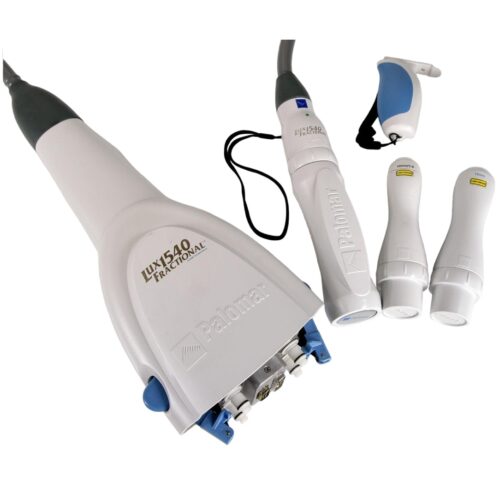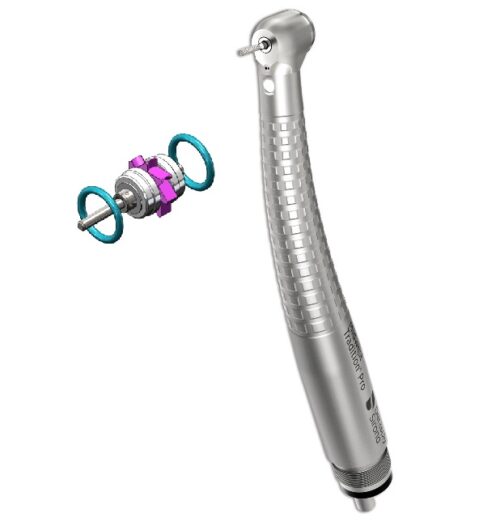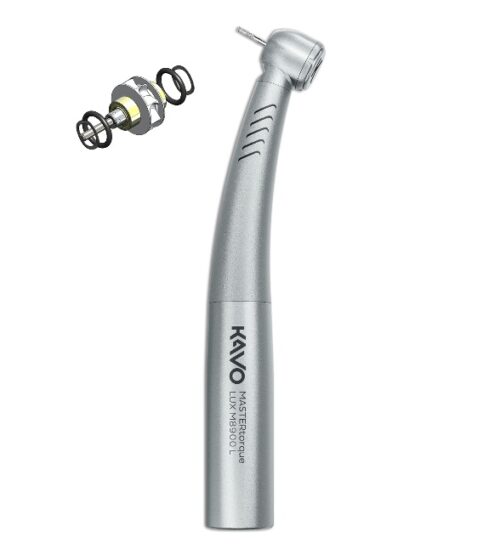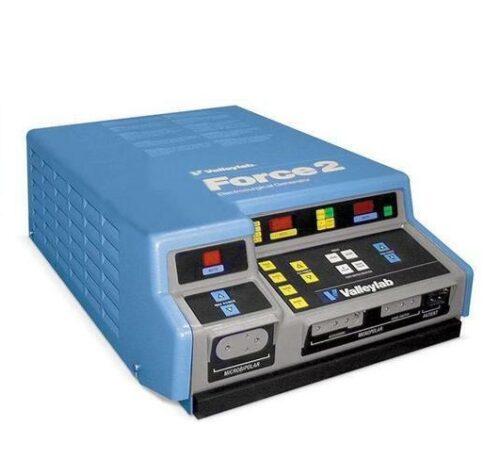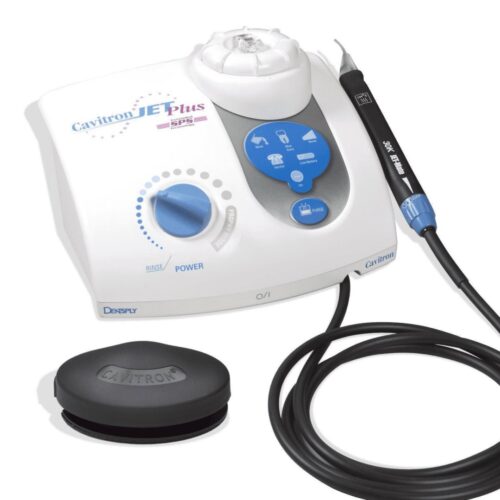Description
Description
Basic Procedure:
Initial Inspection: Check for any visible damage, corrosion, or wear on the exterior of the autoclave/sterilizer.
Inspect the door gaskets and seals for any signs of wear or damage.
Ensure that the control panel and display are functioning properly.
Check Power Supply: Verify that the autoclave is properly connected to a reliable power source.
Check power cables and plugs for any damage.
Water Supply and Drainage: Ensure that the autoclave has a proper water supply and drainage system.
Check for leaks in the water lines and drainage pipes.
Pressure and Temperature Calibration:
Use calibrated instruments to check the accuracy of pressure and temperature readings.
Calibrate or adjust sensors and controls if necessary.
Steam Quality Test: Perform a steam quality test to ensure that the autoclave is producing steam of the required quality.
Check for any condensate buildup in the steam lines.
Functionality Test: Run a test cycle with a biological or chemical indicator to ensure that the autoclave is effectively sterilizing.
Verify that the door locks securely during the sterilization process.
Check Safety Features: Test safety features such as pressure relief valves, temperature interlocks, and emergency shut-off systems.
Ensure that all safety mechanisms are in good working order.
Inspect Filters and Air Removal Systems: Check and clean filters in the air removal system.
Inspect the functionality of air removal pumps and valves.
Inspect Chamber and Trays: Inspect the sterilization chamber for any signs of damage or corrosion.
Check trays and racks for proper alignment and condition.
Review Maintenance Records: If available, review the autoclave’s maintenance records to identify any recurring issues or past repairs.
Documentation: Document all findings, including any repairs or adjustments made.
Keep a record of the date and details of the evaluation.


